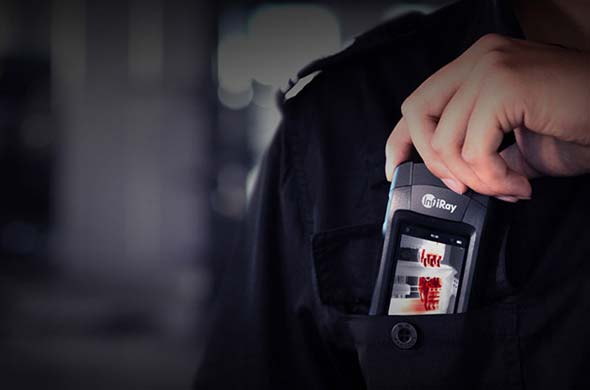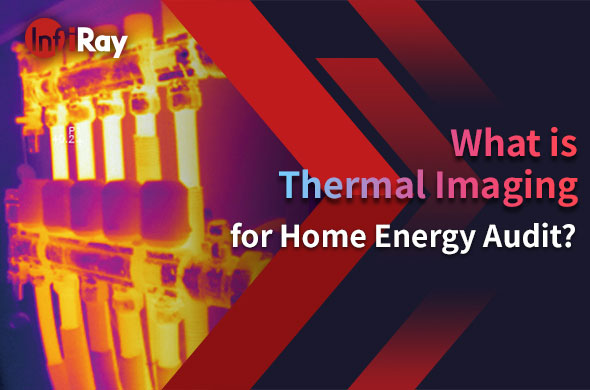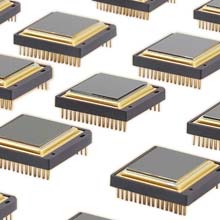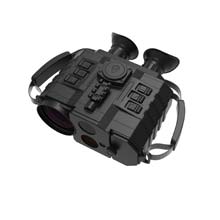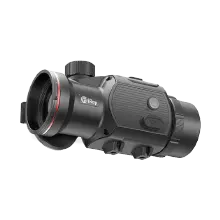What Is Infrared Security Camera? How Does It Work?
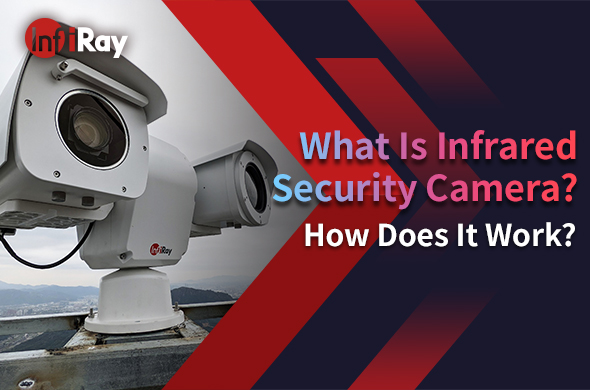
Infrared security cameras can provide clear and detailed images and videos even in complete darkness. If you are looking for the best home infrared security camera or an infrared security camera system, you can find the ideal devices here. What are infrared security cameras? How do they work?
I. What is an infrared security camera?
Infrared security cameras can detect this thermal radiation and trace the contours of the entity emitting it. Infrared security cameras, also known as IR CCTV cameras, are cameras used for video surveillance. They can provide clear and recognizable videos in areas with low or no light. This means that infrared security cameras will be able to detect the silhouette of anyone in the field of view, even at night. The result will be precise thermal images, created by your thermal imaging camera's high-tech image capture technology.
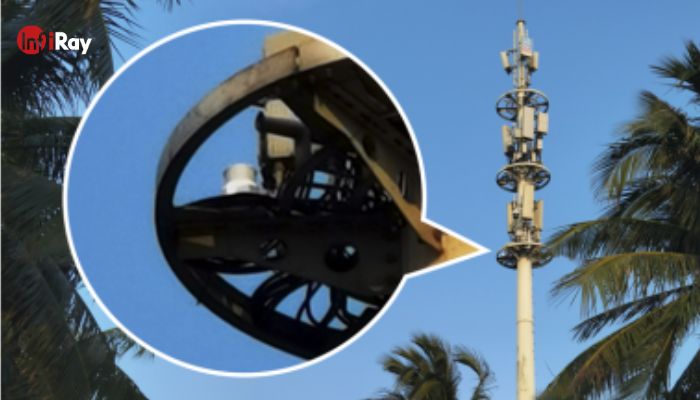
II. How Do Infrared Security Cameras Work?
An infrared security camera detects infrared radiation or photons from objects which has a temperature over -273.15℃. After that, they convert the photons into electrons, which are then converted into the images we see on our phones or displays. The performance of outdoor infrared security cameras is not affected by fog or heavy rain that can block light and blur the images of other non-infrared security cameras.
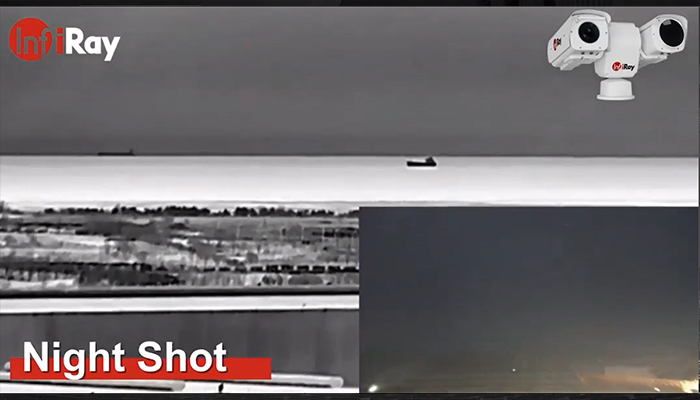
Thermal imaging cameras do not use a flash for nighttime thermal imaging. This means an infrared security camera is a subtle but effective part of your security system. With an infrared security camera, you can monitor bunkers and warehouses, steelworks, and buildings as well as open spaces and plants to detect critical temperature changes at an early stage. A significant contribution to the safety of people, plants and the environment. Furthermore, infrared security camera enables the detection of unauthorized persons on private property or in restricted zones.
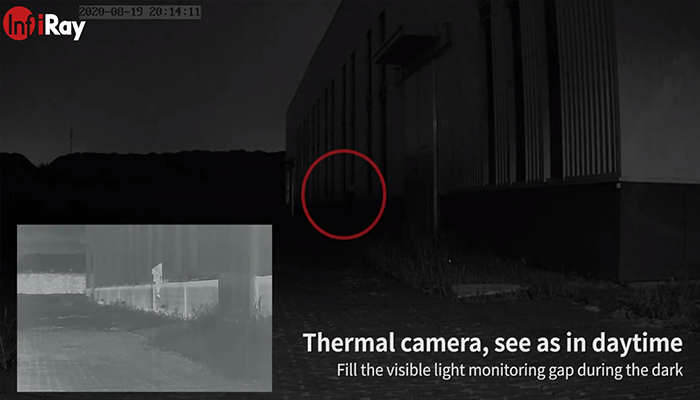
Ⅲ. What is a Thermal Security Image?
A thermal security image is a representation of the heat emitted by objects in a given space. Unlike conventional cameras that rely on visible light, thermal cameras detect infrared radiation, making them effective in complete darkness or challenging visibility conditions. These cameras generate thermal images, often referred to as thermograms, which display variations in temperature as different colors.
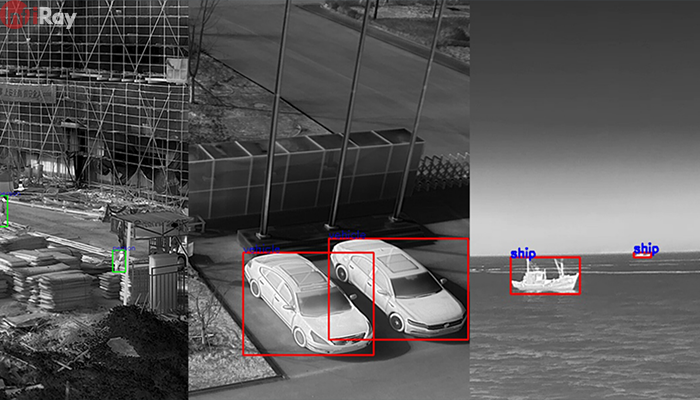
Ⅳ. What Does an Infrared Security Camera Detect?
Delving into the intricate workings of an infrared security camera unveils its remarkable ability to detect and capture more than just mere visuals. Unlike conventional cameras that rely on visible light, these sophisticated devices tap into the realm of infrared radiation, expanding the spectrum of what can be perceived and monitored.
1. Heat Signatures
At the core of an infrared security camera's detection prowess is its ability to discern heat signatures. These cameras capture the infrared radiation emitted by objects and living beings, translating temperature differences into a visual representation. This makes them adept at detecting the presence of warm bodies, whether human or animal, even in complete darkness.
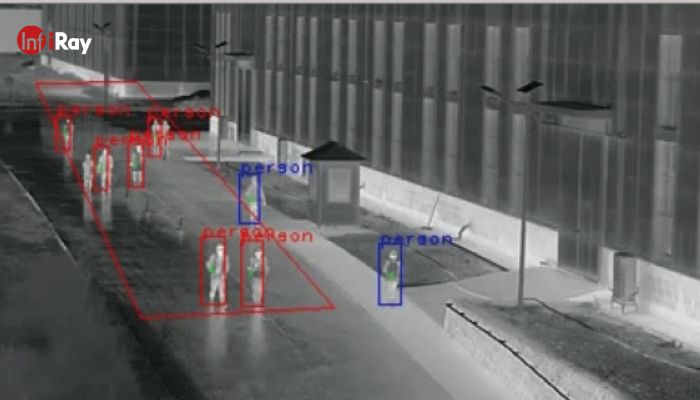
2. Temperature Variations
Beyond merely detecting heat, infrared cameras excel at capturing subtle temperature variations in their surroundings. This feature is particularly useful in identifying anomalies or potential threats. For instance, the camera can highlight temperature differences in specific areas, aiding in the early detection of equipment malfunctions or potential fire hazards.
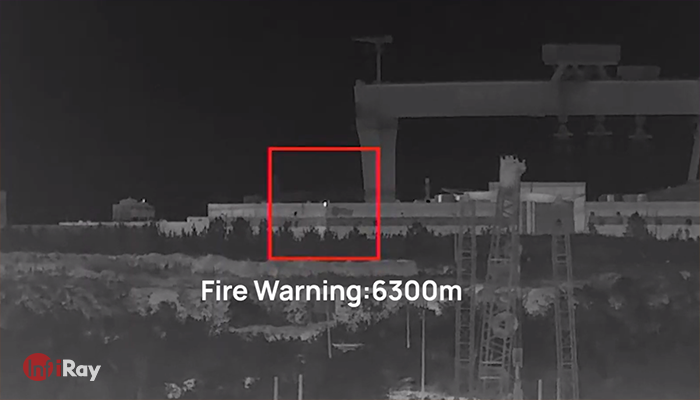
3. Motion Tracking
Infrared security cameras go a step further by incorporating advanced motion-tracking capabilities. The heat signatures detected are not static; they are dynamic and responsive to movement. This enables the camera to track and follow the course of any heat-emitting object within its field of view, providing real-time monitoring and enhancing security responsiveness.
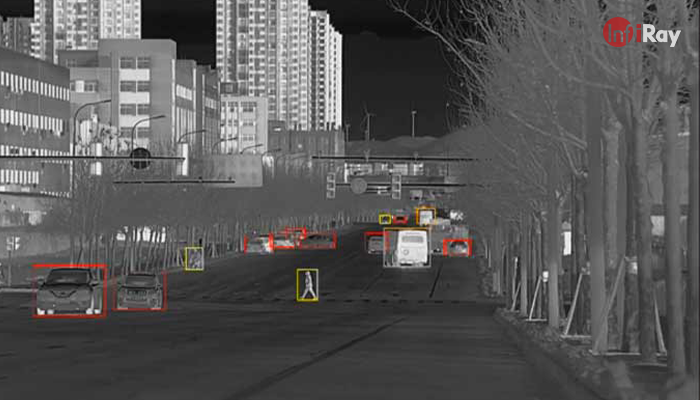
4. Low-light and No-Light Vision
Unlike traditional cameras that struggle in low-light conditions, infrared cameras thrive in darkness. By relying on heat rather than visible light, they ensure clear and detailed images regardless of the time of day. This makes them indispensable for 24/7 surveillance, offering a constant watchful eye in environments where lighting may be limited or intentionally kept low.
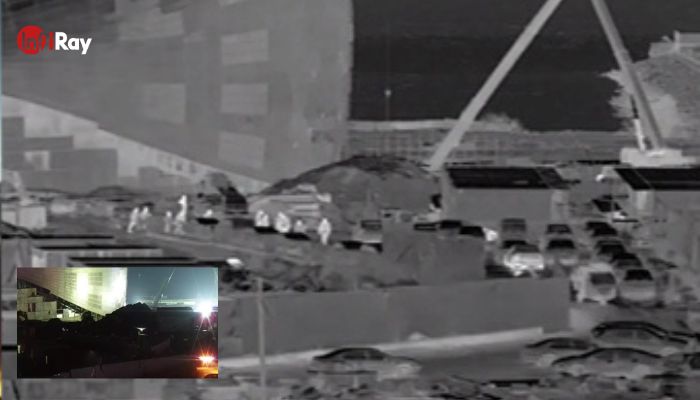
5. Penetration Through Visual Obstructions
Infrared radiation has the unique ability to penetrate through visual obstructions such as smoke, dust, and fog. This sets infrared security cameras apart in environments where traditional cameras might be hindered. Whether in emergencies or areas prone to adverse weather conditions, these cameras maintain visibility, ensuring reliable surveillance even in challenging scenarios.
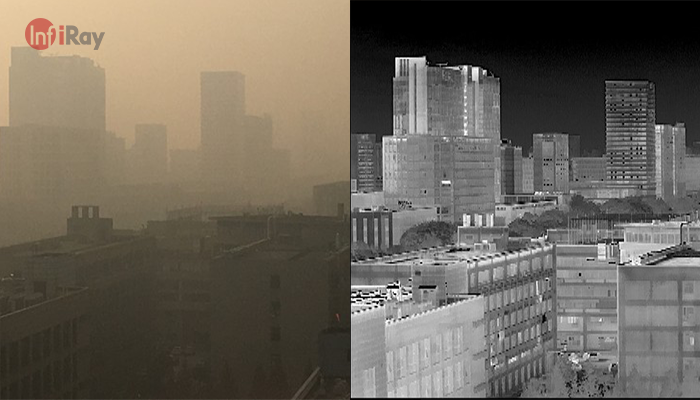
Understanding what an infrared security camera detects unveils a realm beyond the visible spectrum, where heat becomes a powerful tool for surveillance. From detecting living beings in the dark to identifying temperature variations and potential hazards, these cameras redefine the possibilities of comprehensive and effective security solutions.
Ⅴ. What is an Infrared Security Camera Used For?
The versatility of infrared security cameras extends beyond mere night vision capabilities. These advanced surveillance tools find applications in various scenarios, ensuring comprehensive security solutions for diverse needs.
1. Night Vision Surveillance
Infrared security cameras are at the forefront of night vision surveillance technology. Their ability to capture clear and detailed images in low-light or complete darkness sets them apart. This makes them indispensable for areas where maintaining visibility at all hours is critical, providing uninterrupted monitoring and heightened security during the night.
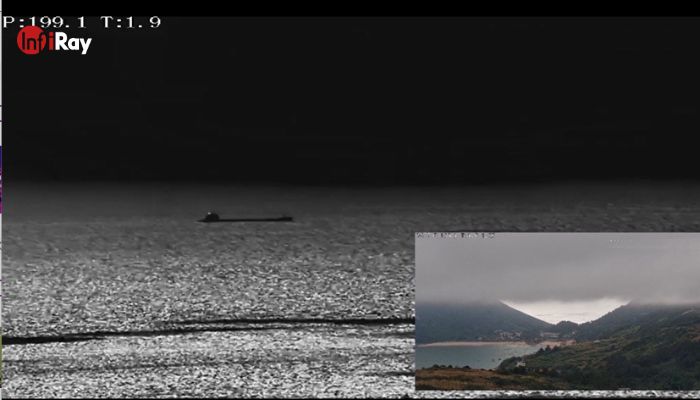
2. Perimeter Security
Deployed for safeguarding perimeters and boundaries, infrared cameras excel in detecting unauthorized intrusions. The capacity to operate effectively in different lighting conditions ensures reliable monitoring, offering a proactive approach to perimeter security. Businesses, homes, and critical infrastructure benefit from this added layer of defense against potential threats.
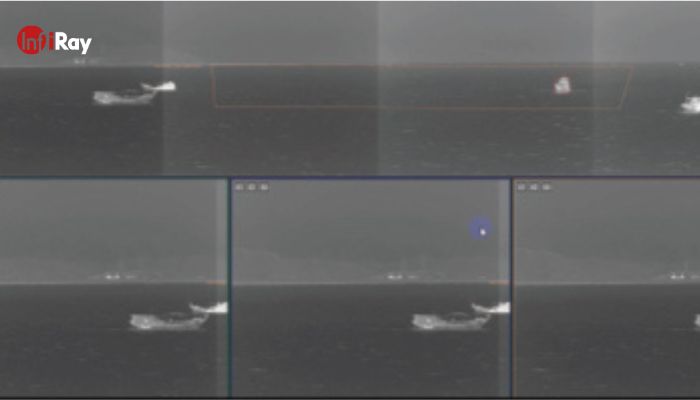
3. Wildlife Monitoring
Beyond the realms of security, infrared cameras play a vital role in wildlife monitoring. Researchers and nature enthusiasts leverage these cameras to observe and study animals in their natural habitats without causing disturbance. The cameras' capability to operate discreetly in darkness allows for unobtrusive documentation of wildlife behavior, contributing to ecological research and conservation efforts.
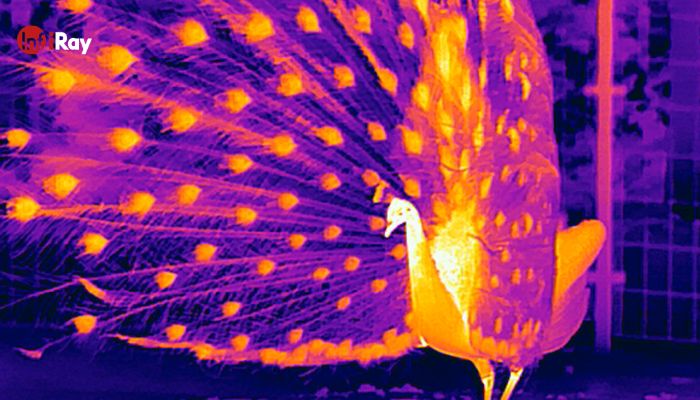
4. Search and Rescue Operations
In the realm of search and rescue, infrared cameras emerge as invaluable tools. Their heat detection capabilities aid in locating individuals in challenging terrains or emergencies. Whether it's locating a missing person in dense forests or identifying survivors in disaster-stricken areas, infrared cameras enhance the effectiveness of search and rescue operations.
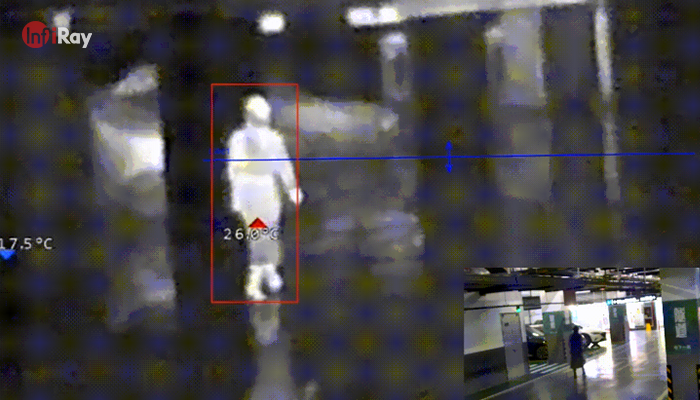
5. Fire and Hazardous Environments
Infrared security cameras prove their worth in environments fraught with challenges like smoke, dust, or fog. Traditional cameras may struggle in such conditions, but infrared cameras cut through the visual impediments. This makes them vital assets in fire rescue operations, industrial settings, or any hazardous environment where clear visibility is compromised.
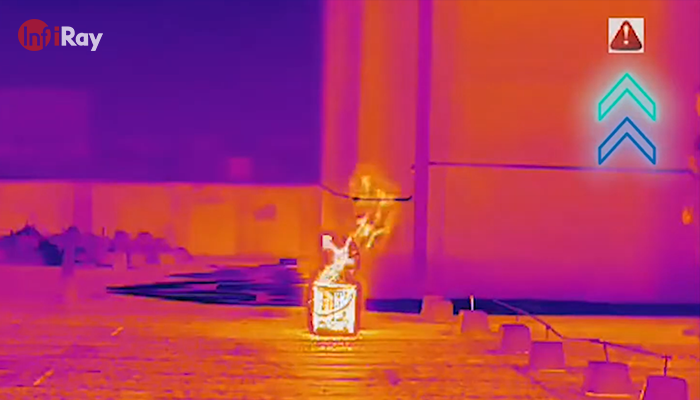
6. Weather-Resistant Surveillance
Unpredictable weather conditions can pose challenges to conventional surveillance systems. Infrared cameras, however, excel in adverse weather, ensuring consistent performance. This weather-resistant feature makes them ideal for outdoor applications, ranging from monitoring vast landscapes to securing construction sites.
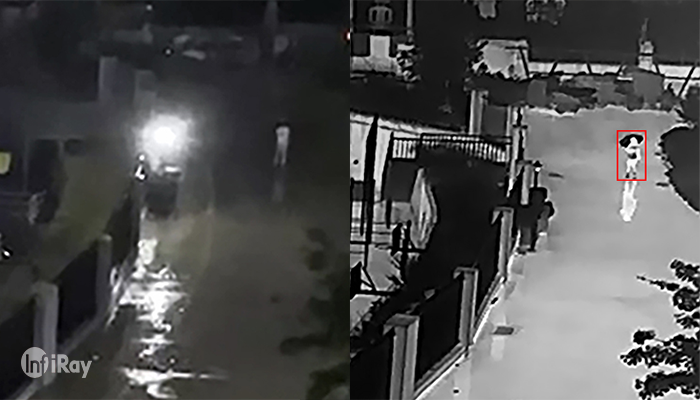
The applications of infrared security cameras are as diverse as the environments they are designed to protect. From enhancing traditional security measures to contributing to scientific research, these cameras have proven their worth across various domains, making them indispensable tools in the ever-evolving landscape of surveillance technology.
Ⅵ. Can Thermal Security Cameras Track Movement?
Yes, thermal security cameras are capable of tracking movement. The heat signatures emitted by moving objects, whether humans or animals are detected and tracked by the camera's sensor. This feature is particularly valuable in security applications, where the ability to monitor and follow movement is crucial for effective surveillance.
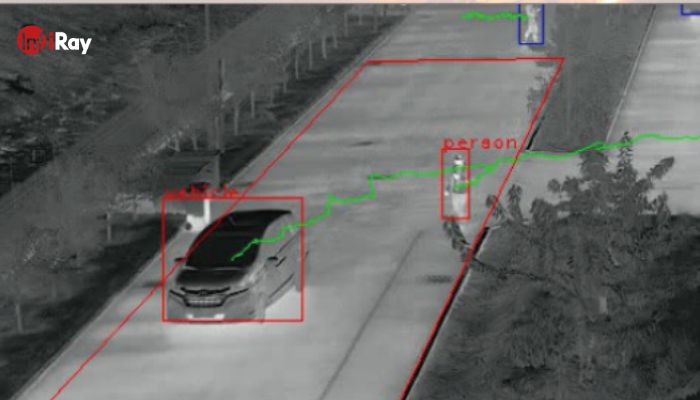
Ⅶ. What is the Difference Between an Infrared Thermal Security Camera and Normal?
The main difference between an infrared thermal security camera and a normal camera lies in the way they capture images. While traditional cameras rely on visible light, infrared thermal cameras detect heat. This key distinction allows thermal cameras to function in total darkness and adverse weather conditions, providing a reliable solution for various surveillance needs.
Moreover, infrared thermal cameras can penetrate smoke, dust, and fog, offering clear images in challenging environments where conventional cameras might struggle. This makes them invaluable in scenarios such as fire rescue operations or areas prone to adverse weather conditions.
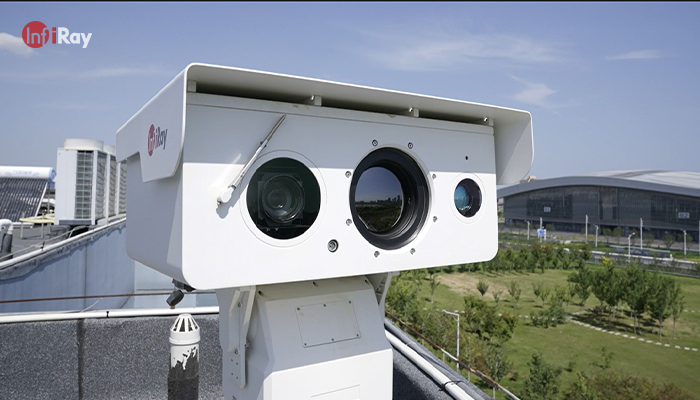
Ⅷ. Best Outdoor Night Vision Infrared Thermal Security Camera
A. Dual-spectrum PTZ Camera PT4S4/ PT464 series (Medium range)
Resolution: 640*512, 1280*1024
Thermal camera: Focal length 25-75mm, 75mm, 100mm
Visible light: 6.5~240mm, 6-300mm
Intelligent functions: Intrusion detection, line cross detection, fire point detection, vessel, vehicle and human detection and tracking, intelligent linkage alarm.
B. Dual-spectrum PTZ Camera PT664/PT6S4 series (Long Range)
Resolution: 640*512, 1280*1024
Thermal camera: Focal length 30-150mm, 25-225mm
Visible light: 6~300mm, 15~775mm
Intelligent function: Intrusion detection, line cross detection, fire detection, vessel, vehicle and human detection and tracking, intelligent linkage alarm.
C. Multi-spectrum PTZ camera PT864L/PT8S4L series (Long Range with Laser)
Resolution: 640*512, 1280*1024
Thermal camera: Focal length 30-150mm, 20-100mm, 25-225mm
Visible light: 6-300mm, 15-775mm, 3km laser fill light
Intelligent function: Intrusion detection, line cross detection, fire point detection, vessel, vehicle, human detection and tracking, intelligent linkage alarm.
D. Infrared panoramic camera XSENTRY-U675/1275 series (Thermal Radar)
Resolution: 640*512, 1280*1024
Thermal camera: Focal length 55/75mm
Intelligent function: Intrusion detection, line cross detection, fire detection, vessel, vehicle and human detection and tracking, intelligent linkage alarm, 360* panoramic visualization with simultaneous multi-target detection and tracking.
The integration of infrared technology into security cameras has revolutionized the way we approach surveillance. These cameras offer a versatile and effective solution for monitoring, detection, and tracking in diverse environments and conditions.

 français
français  Deutsch
Deutsch  Español
Español  italiano
italiano  русский
русский  português
português  العربية
العربية  日本語
日本語  한국어
한국어  magyar
magyar 






